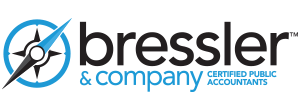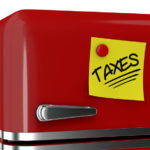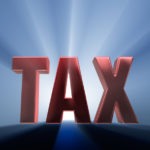Are You Eligible for the New Manufacturing Sales Tax Exemption?
A new law beginning on July 1, 2014 allows manufacturers and certain researchers and developers to obtain a partial sales tax exemption and use tax exemption on certain manufacturing and research and development equipment purchases. To be eligible under this law, you must meet all three of these conditions:
- Be engaged in certain types of business, also known as a “qualified person.”
- Purchase “qualified property.”
- Use that qualified property for the uses allowed by this law.
Here are the details —
Qualified person
A “qualified person” means a person who is primarily engaged (50 percent or more of the time) in those lines of business described in the North American Industry Classification System (NAICS) Codes 3111 to 3399, inclusive, 541711, or 541712 published by the United States Office of Management and Budget (OMB), 2012 edition.
These industries generally include those primarily engaged in the business of all forms of manufacturing, research and development in biotechnology, and research and development in the physical, engineering, and life sciences. Some of the specific categories include animal food manufacturing, grain and oil seed milling, sugar and confectioners products, fruit and vegetable preserving, dairy product manufacturing, animal slaughtering and processing, textile and apparel mills, wood product manufacturing, chemical manufacturing, pharmaceutical and medicine manufacturing and many more. To see the list of codes between 3111 and 3399 view this page.
“Primarily engaged” means 50 percent or more of gross revenues, including inter-company and intra-company charges, are derived from the qualifying manufacturing activity for the preceding financial year.
For purposes of research and development, “primarily engaged” means 50 percent or more of the expenses are for such qualifying research and development activities for the preceding financial year.
In cases where the purchaser was not primarily engaged in qualifying manufacturing or research and development activities for the preceding financial year, the one year period following the date of purchase of the property will be used.
Qualified Tangible Personal Property
“Qualified tangible personal property” includes, but is not limited to:
- Machinery and equipment, including component parts and contrivances such as belts, shafts, moving parts, and operating structures.
- Equipment or devices used or required to operate, control, regulate, or maintain the machinery, including, but not limited to, computers, data-processing equipment, and computer software, together with all repair and replacement parts with a useful life of one or more years, whether purchased separately or in conjunction with a complete machine and regardless of whether the machine or component parts are assembled by the qualified person or another party.
- Tangible personal property used in pollution control that meets standards established by this state or any local or regional governmental agency within this state.
- Special purpose buildings and foundations used as an integral part of the manufacturing, processing, refining, fabricating, or recycling process, or that constitute a research or storage facility used during those processes. Buildings used solely for warehousing purposes after completion of those processes are not included.
“Qualified tangible personal property” does not include:
- Consumables with a useful life of less than one year.
- Furniture, inventory, and equipment used in the extraction process, or equipment used to store finished products that have completed the manufacturing, processing, refining, fabricating, or recycling process.
- Tangible personal property used primarily in administration, general management, or marketing.
- Leases of qualified personal property may also qualify for the partial exemption.
Qualified Uses
The tangible personal property must be used primarily (more than 50% of the time) in one of the following manners:
- Any stage of the manufacturing, processing, refining, fabricating, or recycling process
- Research and development
- To maintain, repair, measure, or test any qualified tangible personal property described by the above, or
- For use by a contractor purchasing that property for use in the performance of a construction contract for a qualified person, provided that the qualified person will use the resulting improvement to real property as an integral part of the manufacturing, processing, refining, fabricating, or recycling process or as a research or storage facility for use in connection with those processes.
For purposes of this exemption, the manufacturing process begins from the point you receive raw materials and introduce them into the manufacturing, processing, refining, fabricating, or recycling activity of the qualified person and ending at the point at which the activity has altered the product to its completed form, including packaging, if required.
The law provides that operational equipment (i.e. computers, tablets, printers, servers) used to run the manufacturing equipment are eligible for the exemption under this program provided they are used for qualifying activities. Even though your primary NAICS code is eligible for the exemption, purchases made for other activities of your operations (i.e. distribution, sales) are not eligible for the exemption.
If you are a seller —
The partial exemption rate applies to the sale, purchase, and lease of qualified tangible personal property on or after July 1, 2014 and before July 1, 2022. Get more details here.
If you are a purchaser —
There is no need to apply to the BOE for the exemption. When you make qualifying purchases or leases, you must provide the seller with a timely partial exemption certificate to obtain the reduced tax rate. Get more details here.
If you have any questions about whether your company would qualify, you can contact California State via their email. They recommend, for your protection, that it’s best to get tax advice in writing. Here’s a link to their “Get It In Writing!” information page.
You can always give us a call as well at Bressler & Company (559.924.1225), and if we don’t have the answer, we will get it for you. We’re always happy to help our clients save money. In fact, our passion is finding ways to save you money!





